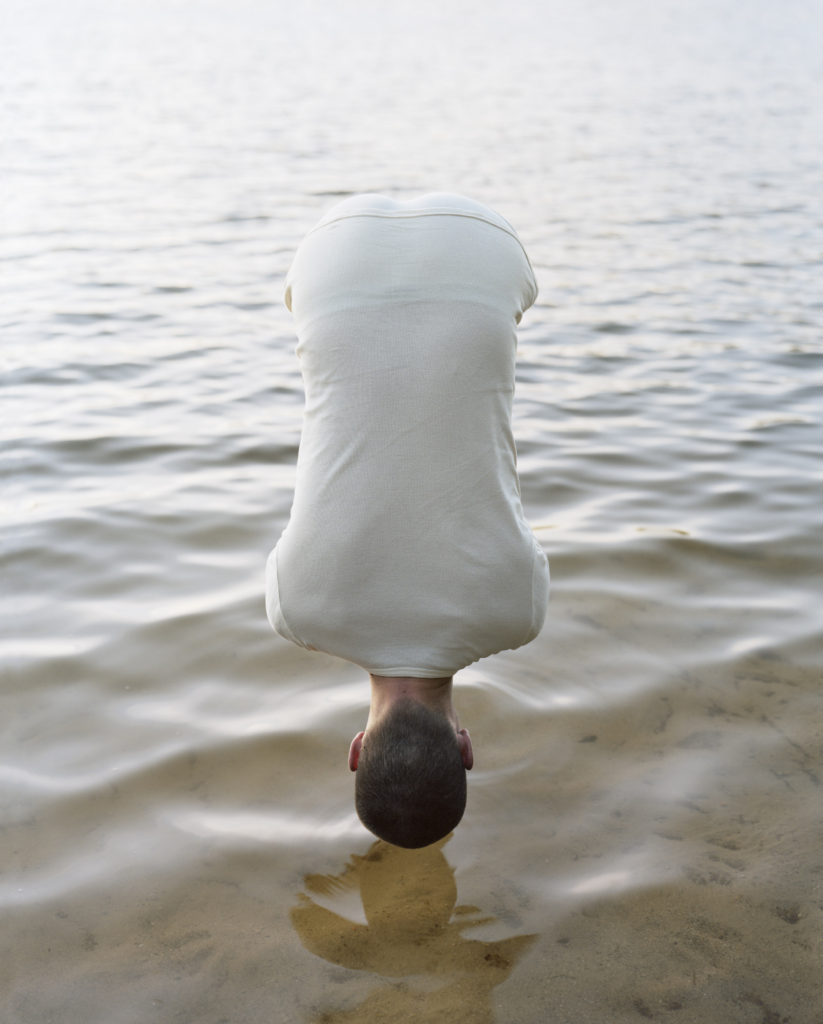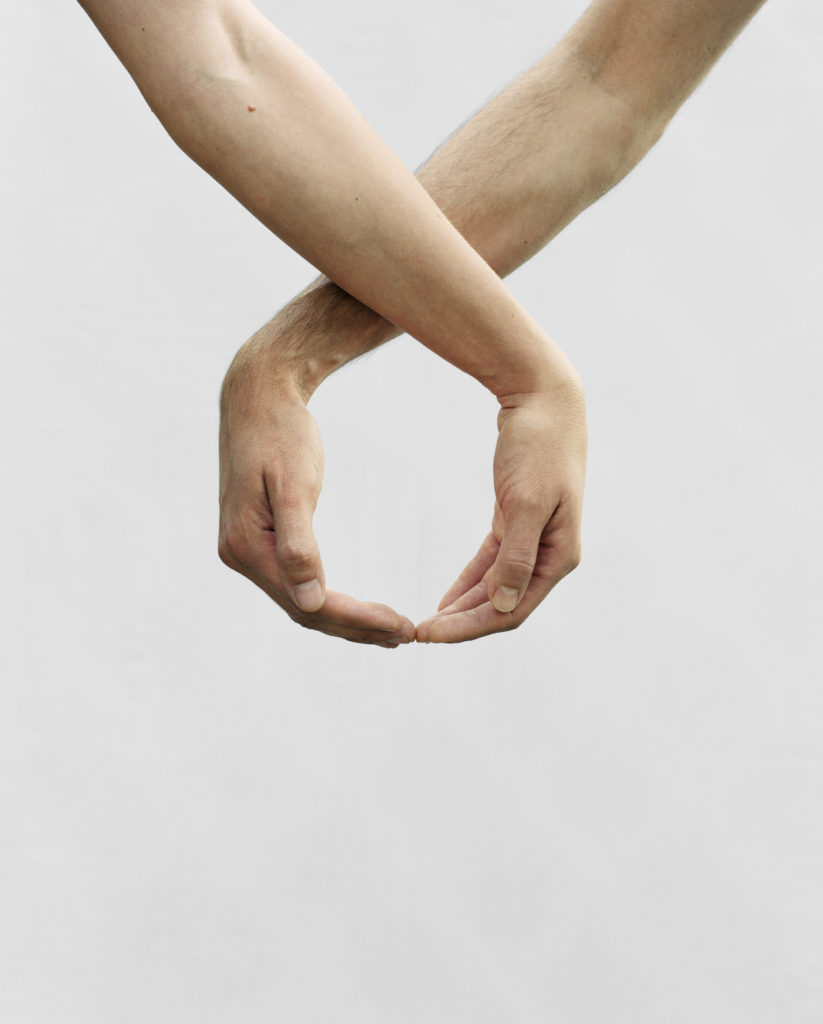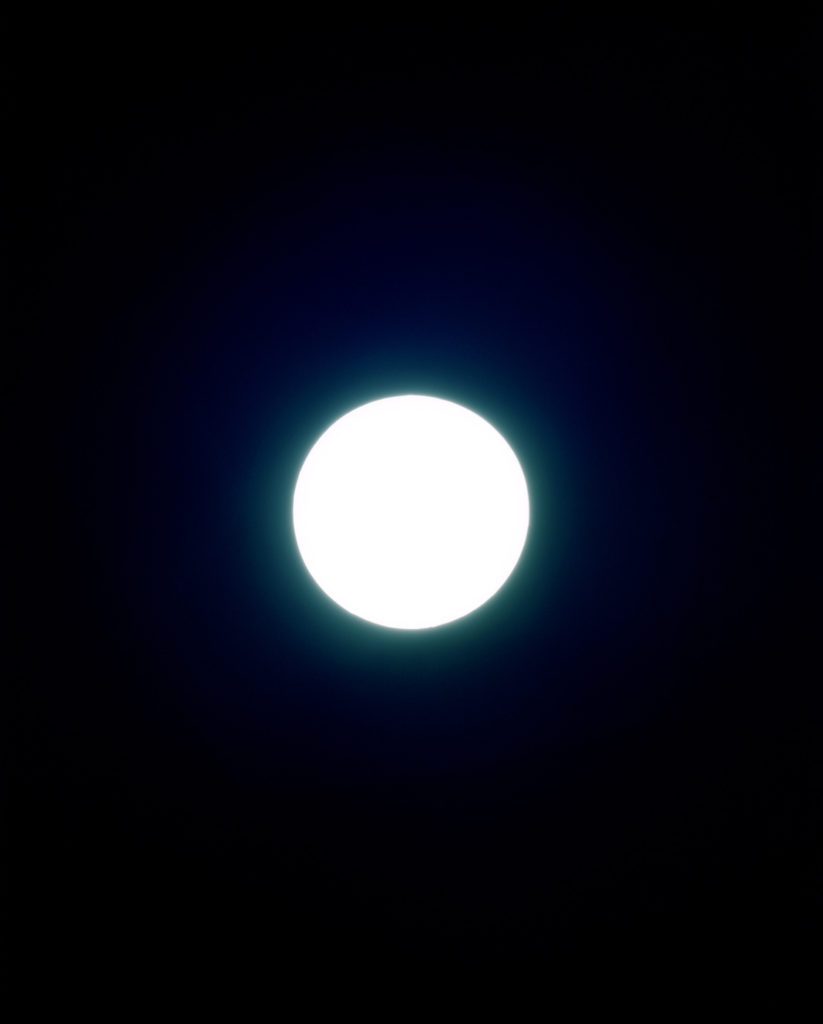Erik Östensson
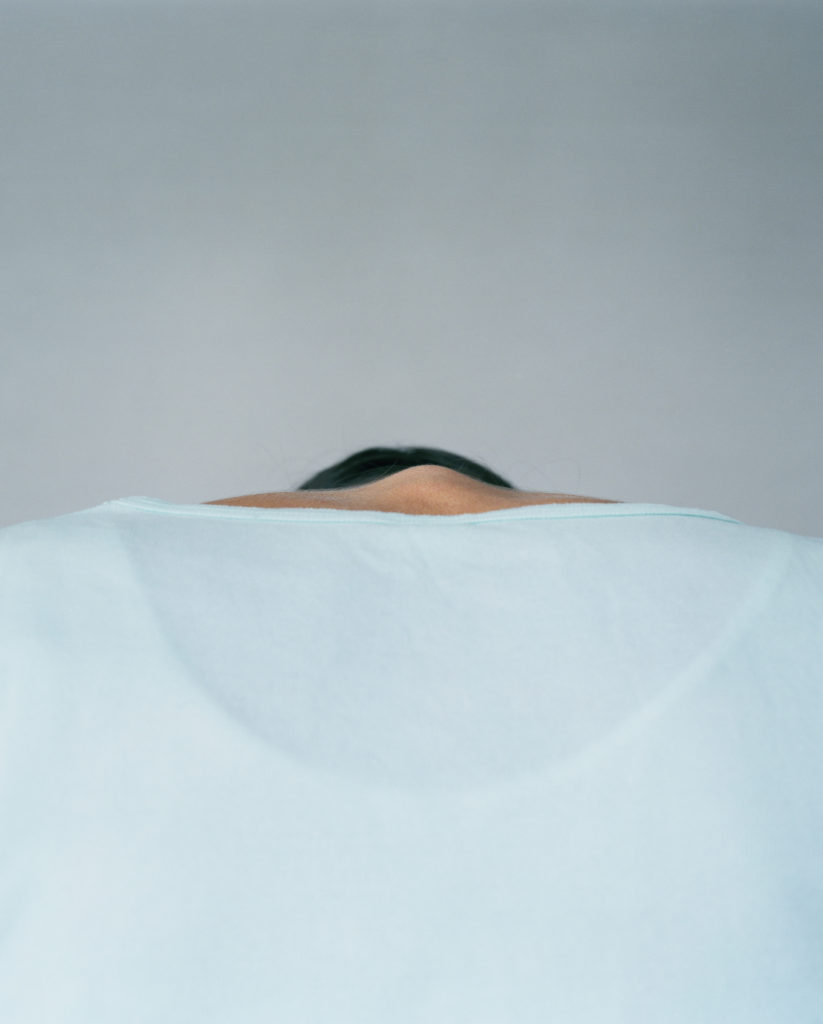
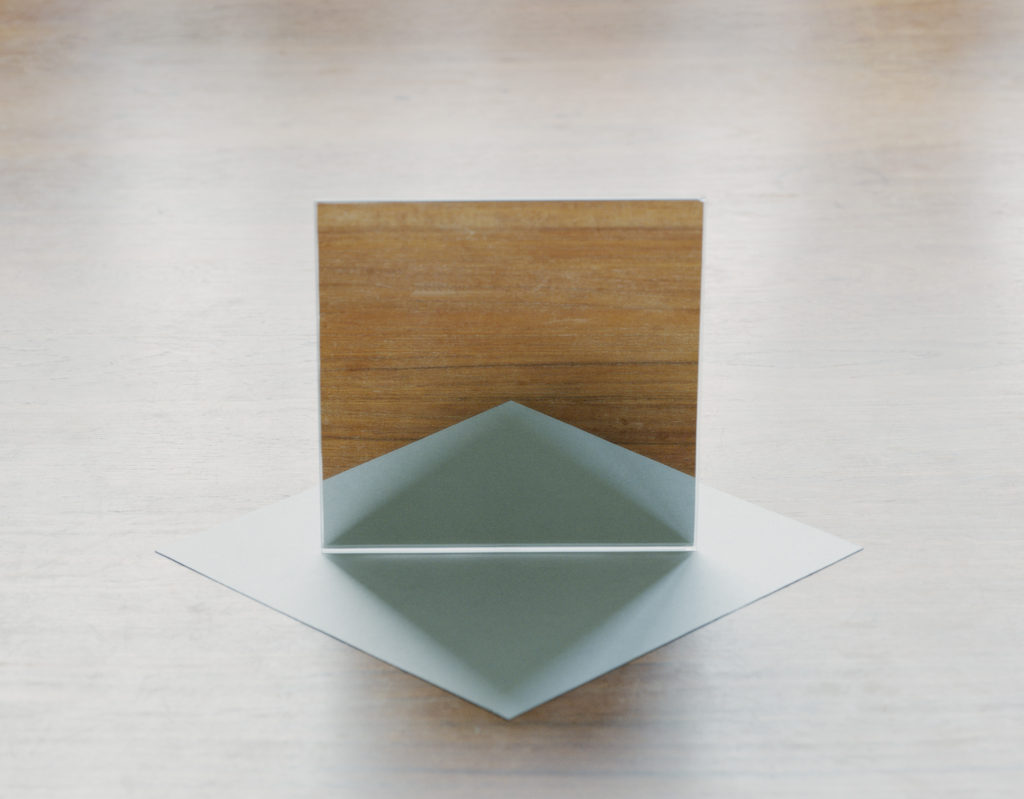
The Swedish photographer Erik Östensson is known for his surrealistic, deceptively simple, and unique pictorial compositions. His poetically performative images reveal an emotional interplay in
the depiction of the interaction between people, objects, and landscapes. Everything appears to be interconnected in harmonious coexistence, whereby new relationships in materials and form
develop. Östensson encourages the viewer to discard learned habits of seeing and to look with the eyes of a child, who has only just begun to discover the world. Past notions are superseded, and
the meaning of known objects expanded.
スウェーデン人フォトグラファー エリック・オステンソン氏は、シュールレアリズム(超現実主義)的で一見シンプルかつユニークな絵画のような構図で知られています。彼の詩的でパフォーマティブ(遂行為行的)な作品
は、人・物・風景の相互作用の描写における感情的な交錯を表現しています。すべてが、調和のとれた共存によって相互に結びついているように見えます。それによって、素材と形の新しい関係が発展していきます。オステ
ンソン氏は、まず見る際に既成概念を捨て、世界を発見し始めたばかりの子供のような目で作品を鑑賞することを薦めます。過去の概念が置き換えられ、既知の物象の意味が拡がります。
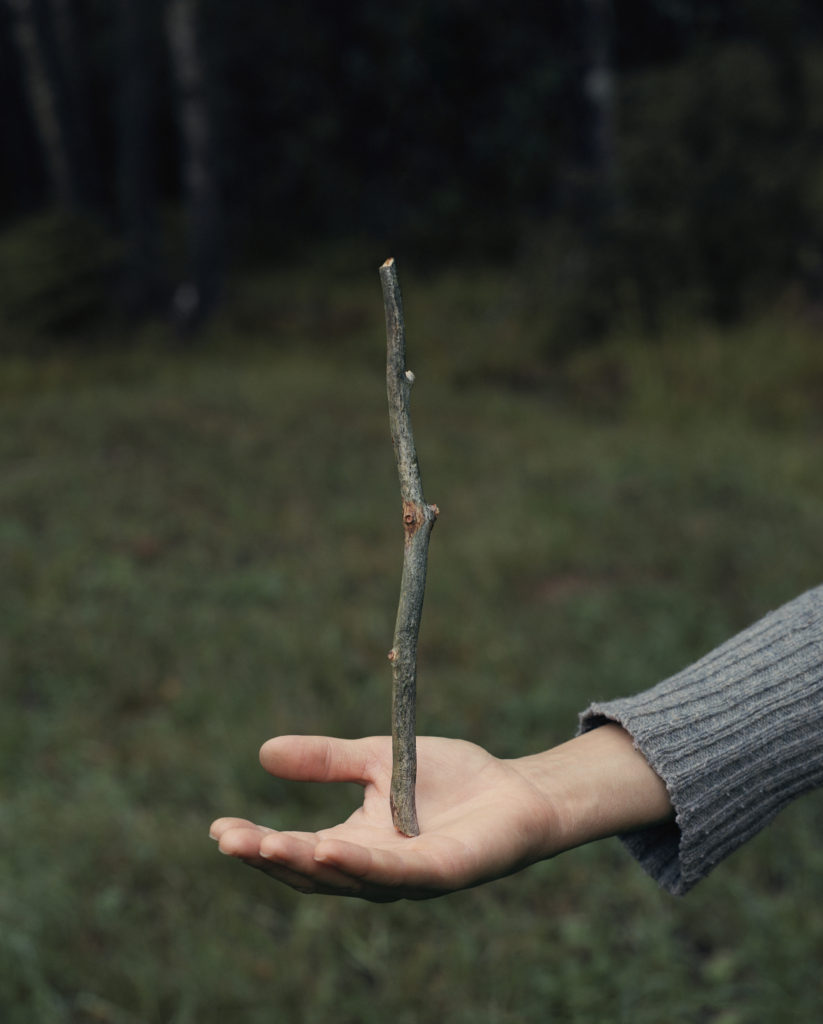
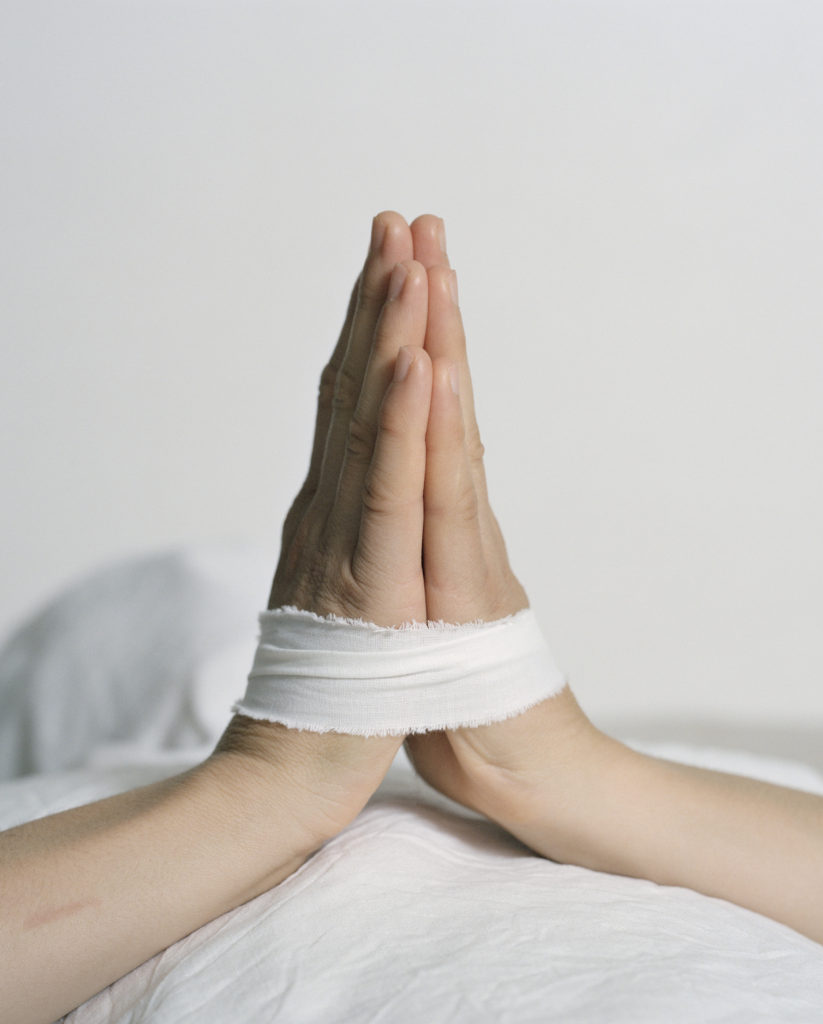
INTERVIEW
-First, will you tell us how you started photography?
I grew up in northern Sweden, in the countryside outside the city of Umeå. There, nature is always close. When I grew up I spent a lot of time in it. I was often lonely during high school and the
family dog was my closest friend. We walked in the woods together. It was during this period that I started making photos. Over the years my reasons for why I do photography has changed many
times. At that time, it was the beauty of nature that interested me.
−まず、写真を始めたきっかけを教えていただけますか?
私はスウェーデンの北部ウメアという田舎町で育ちました。そこでは、自然がいつも側にありました。成長する段階で私はそこで多くの時間を過ごしました。高校ではいつも孤独で、ペットの犬が一番の親友でした。よく森
を一緒に歩きました。この頃に、写真を始めました。ここ何年か、写真を撮る理由は何度も変わりました。当時は、自然の美しさが私の興味を惹きつけたのだと思います。
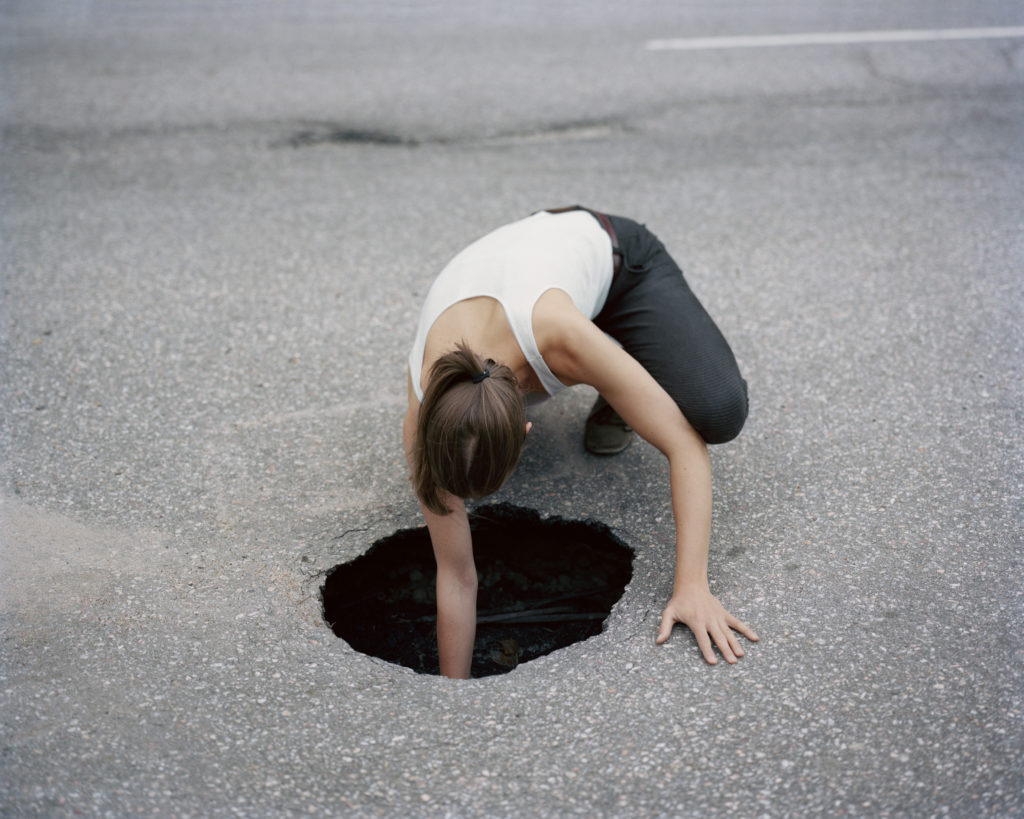

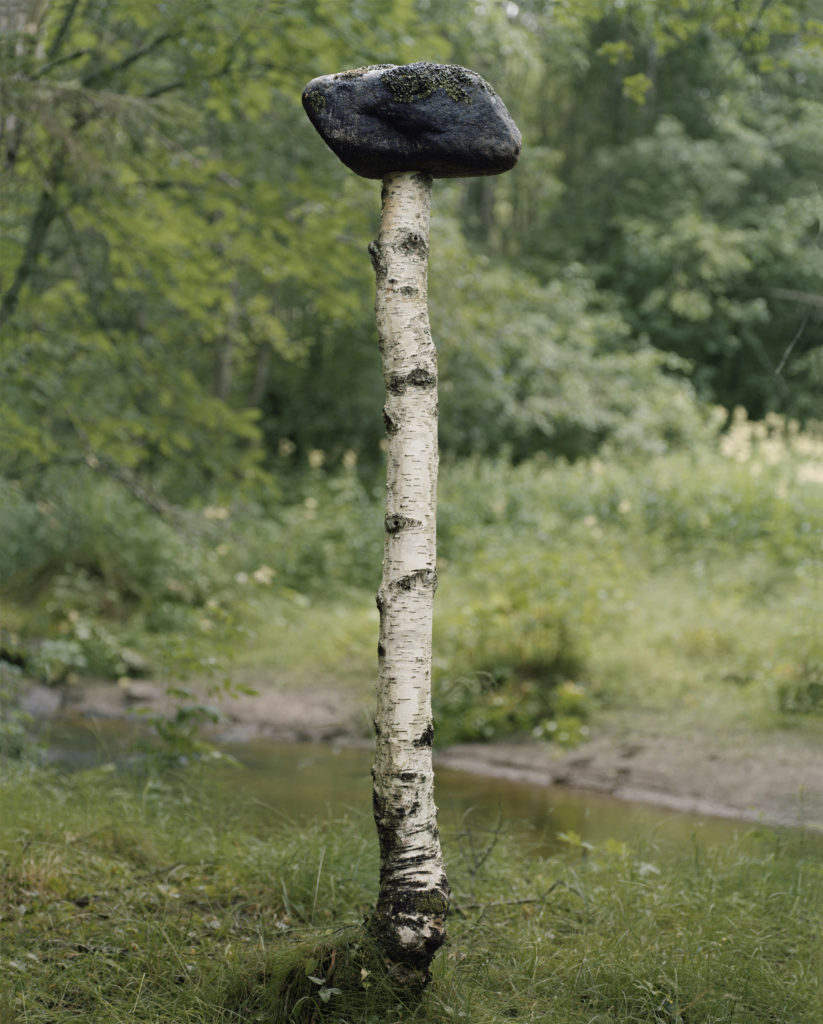
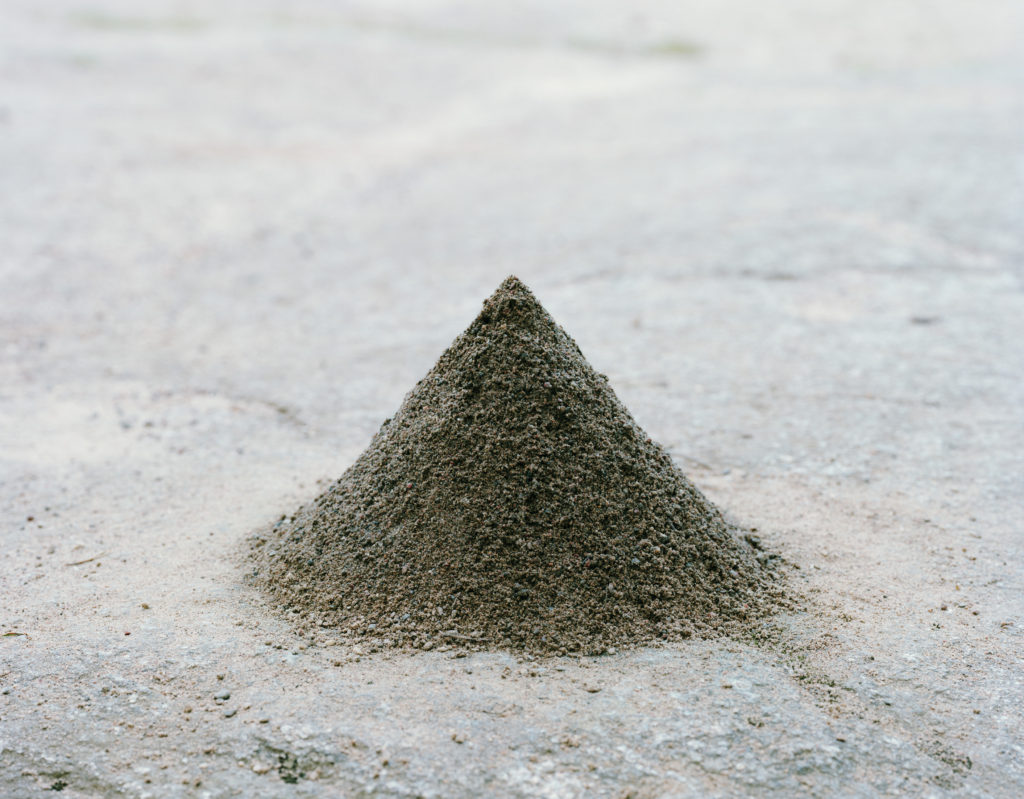
-Please tell us about the selection of works you have chosen for this exhibition.
All pictures in this exhibition are part of a project that I worked on for almost ten years. The project was published as a book during the summer of 2019 at the German publisher Kehrer Verlag.
−今回の展覧会のためにセレクトされた作品についてお聞かせください。
今回の展覧会の作品はすべて、ここ10年ほど私が取り組んでいるプロジェクトの一部です。このプロジェクトは、2019年の夏に写真集としてドイツの出版社Kehrerから出版されました。
-What messages do you want to convey to viewers through these images?
When looking at our surroundings, we fill it with our own notions. The physical objects or bodies are constant, independent of our interpretations of their meaning. Without these simplifications,
we would not be able to maneuver in the complexity of the world. But at the same time, it makes us see or experience only a fraction of our environment.
−これらの作品を通して、鑑賞者に伝えたいことは何ですか?
私たちは、周りのものを見る時、自分たちの概念でそれらを判断します。物理的な対象や物体は常に意味の解釈とは無関係に不変です。このような単純化をしなければ、世界の複雑さを処理することはできません。
しかしそれは同時に、私たちは環境のほんの一部を見たり経験したりしているだけなのだということです。
-Many of your works seems to have been photographed in very unique contexts and from interesting angles, but how do you usually come up to these ideas?
Based on the answer for the privious question, I want to create images where the viewer can see it anew. I do this by depicting objects from a new angle and by putting them in a new context.
Hopefully past notions are replaced and the meaning of familiar objects get an opportunity to expand. In this way a new contact can be created between the objects and the viewer.
−多くの作品が、非常にユニークな状況で興味深いアングルから撮影されているように見受けられますが、このようなアイデアはどこから来るのでしょうか?
先ほどの質問の回答に基づいて、私は鑑賞者がもう一度見たいと思えるような作品を制作したいと思っています。私はこれを、被写体を新しい角度から表現し、新しい状況を作り出すことで実現しています。うまくいけば、
過去の概念が置き換えられ、馴染みの物象の意味が拡がります。このようにして、オブジェクトと鑑賞者の間に新しい接点が作り出されるのです。
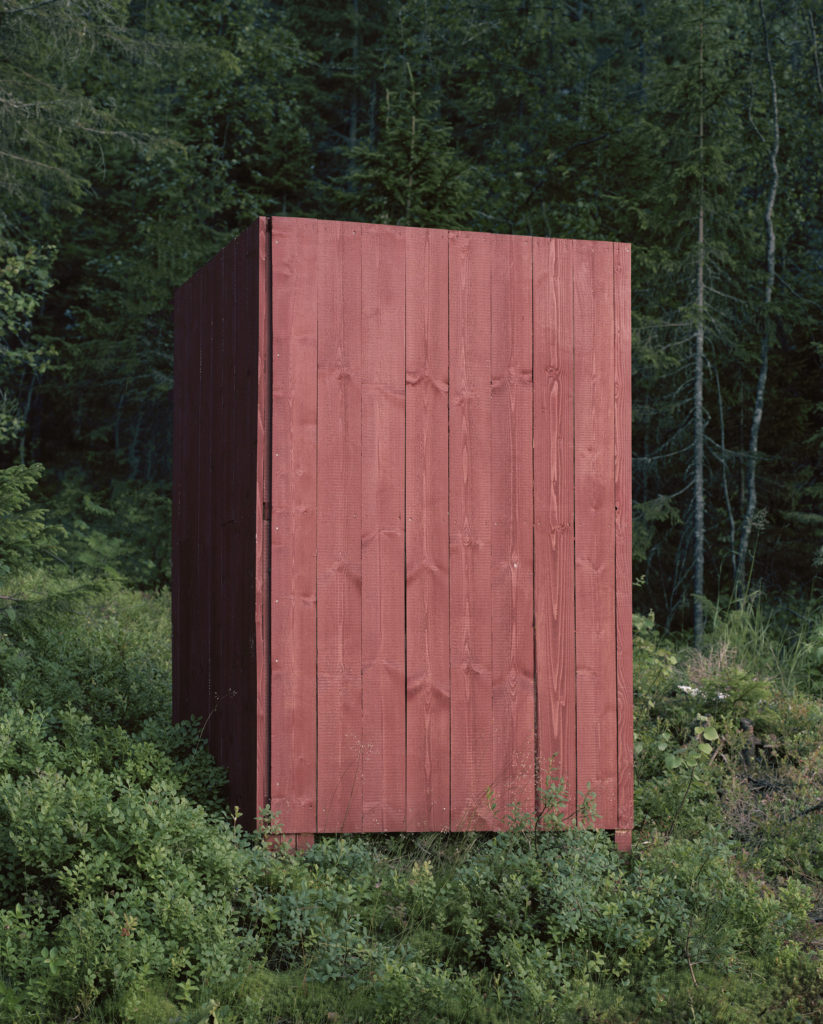
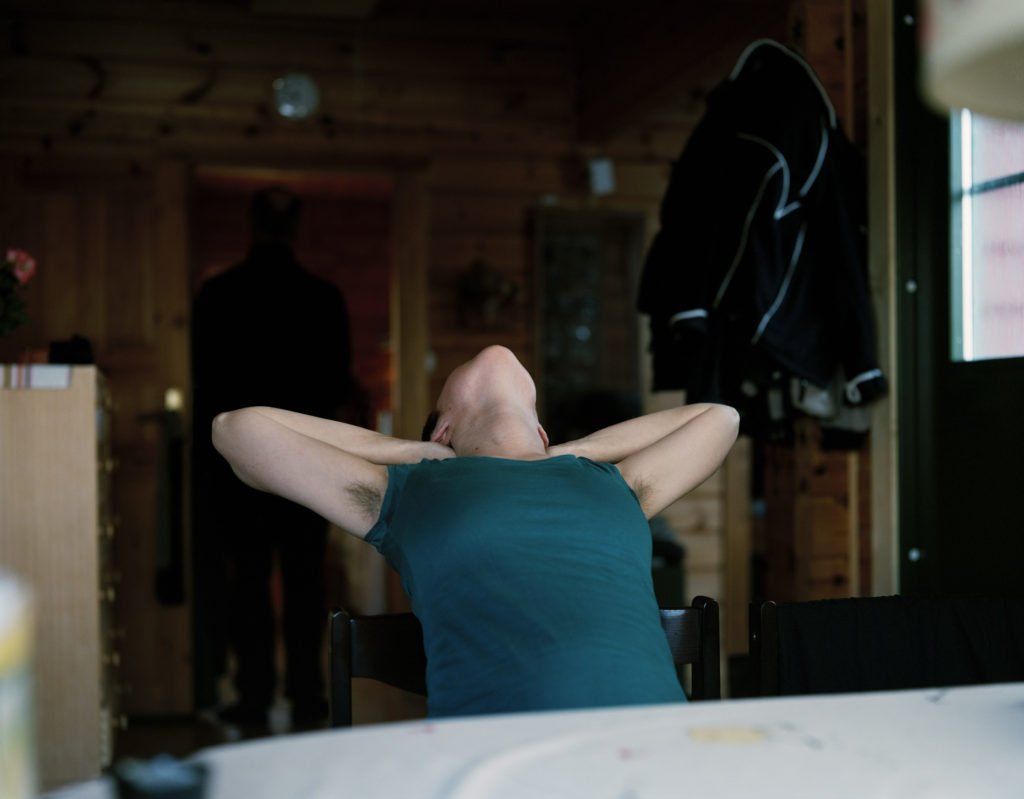

-What part of the creative process do you enjoy most, and what do you find most challenging?
I use a lot of time to create pictures. First, I get an inner picture. It is often very unclear at this stage. Often, I have seen, heard or read something that created the inner image. To prevent myself
from “loosing” the picture, I describe it with words. The texts often consist of one or a few sentences. The words help me remembering the picture, and the picture can exist as text for a long time.
From time to time I read the texts to see if any picture has become any clearer. It can take months or even years before I manage to create conditions for the image to take physical shape. When I
finally create the picture, I rarely know if I succeeded. Often, I have to let it linger for a while. During this time, I work with the image digitally to see if I can find the right expression. I look at the
picture a lot trying to get used to it. Sometimes I realize that it did not turn out as I wanted. Then the process starts all over again. Some pictures in the book needed many attempts before I
succeeded. Meaning, in some cases I have worked with a single image for years. The pictures eventually become acquaintances that I spent a lot of time with and know well.
For me, all part of making photography is interconnected and I find it difficult to pinpoint which part of the process I like and which part is challenging. My answer would be that I enjoy all stages of
making photography, but that they can be challenging at the same time.
−制作過程において、最も楽しんでいらっしゃることは何ですか?また、最も難しいと感じることは何でしょうか?
私は作品制作に非常に時間をかけています。まず、頭の中でイメージが浮かびます。この段階ではまだ不明瞭です。大抵、何か見たり聞いたり読んだりしたことから、イメージが作られます。このイメージを失わないよう
に、言葉で描写しておきます。文章はだいたい1〜数行の短いものです。言葉が私にイメージを思い出させる手助けをしてくれ、そのイメージが文章として長く残るのです。時々、その文章を読んでイメージがはっきりして
くるかどうかを確かめます。イメージが物理的に形を成す状況を作り出すのに、数ヶ月、数年かかることもあります。ついにイメージを形にした時でも、成功したのかどうかはわかりません。しばらく手間取ることが多いで
す。この間にデジタルで画像を編集したりして正しい表現ができているかどうかを確認します。イメージに慣れるようによく見るようにします。思ったほど上手くいかなかったことに気がつくこともあります。その時はまた
同じプロセスを繰り返します。写真集の中の幾つかの作品は、何度もこのプロセスを必要としました。つまり、ある意味 私は何年もの間 同じイメージで作業を繰り返してきたということです。それらの作品は次第に多くの
時間を共に過ごしよく知った友人のようになります。
写真作品を制作するすべての過程は相互に関係してるので、私にとって、楽しい部分と困難な部分を特定するのは難しいことです。私の答えは、作品制作のすべての過程を楽しんでいて、また同時に難しいとも考えていると
いうことですね。
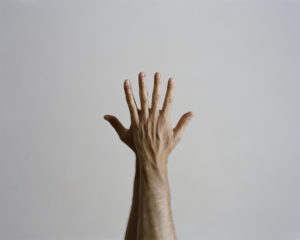
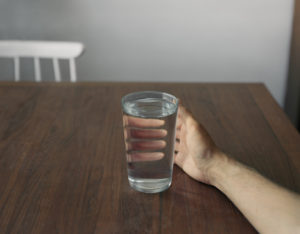
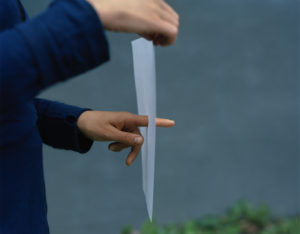
-Are you currently working as an artist? Or do you also do editorial, advertisement or other commercial works?
I am not doing any editorial, advertisement or other commercial work. I did that when I was fresh out of school but I realized that I wasn´t that interested of the photographic technique. I was
more interested in people and issues related to growing, socializing and how meaning is created in people’s lives. For me, the camera is just a tool and I use it to research things that interest me.
Therefore, I chose to educate myself and work as a teacher to earn a living.
−主にアーティストとして活動されていますか? もしくは雑誌や広告などのお仕事もされていますか?
今は、雑誌や広告の仕事はしていません。学校を卒業したばかりの頃はやっていましたが、写真の技術にはあまり興味がないと気がつきました。私は、人間そのものや、成長・社会性・人生に意味を見出すことなどに興味が
あります。私にとって、カメラはただのツールで、興味があることを探求するために用いているにすぎません。ですから、自分自身がもっとよく学び、そしてまた教える側として仕事をすることを選びました。

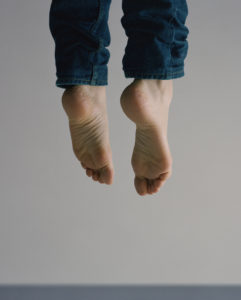
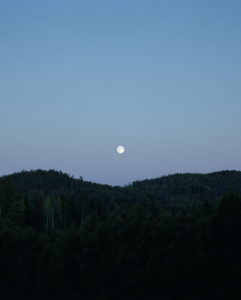
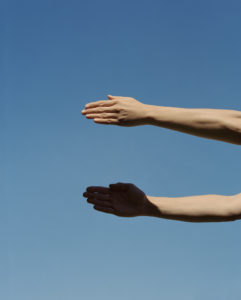
-Is there any artist or photographer that has inspired your works?
Over the years I have been inspired by many different photographers. Seeing and learning from others I think is an important part of developing as an artist / photographer. Six months ago I moved
from Sweden to Norway. A very interesting Norwegian artist is that you should check out is Torbjørn Rødland.
−作品制作に影響を受けたアーティストや写真家はいらっしゃいますか?
これまで、何人もの写真家に影響を受けてきました。他を見て学ぶことは、アーティスト/写真家として発展していく上で重要な要素となります。私は半年程前、スウェーデンからノルウェーに引っ越してきました。トールビ
ョルン・ロドランドという非常に興味深いノルウェー人アーティストがいるのでぜひチェックしてみてください。
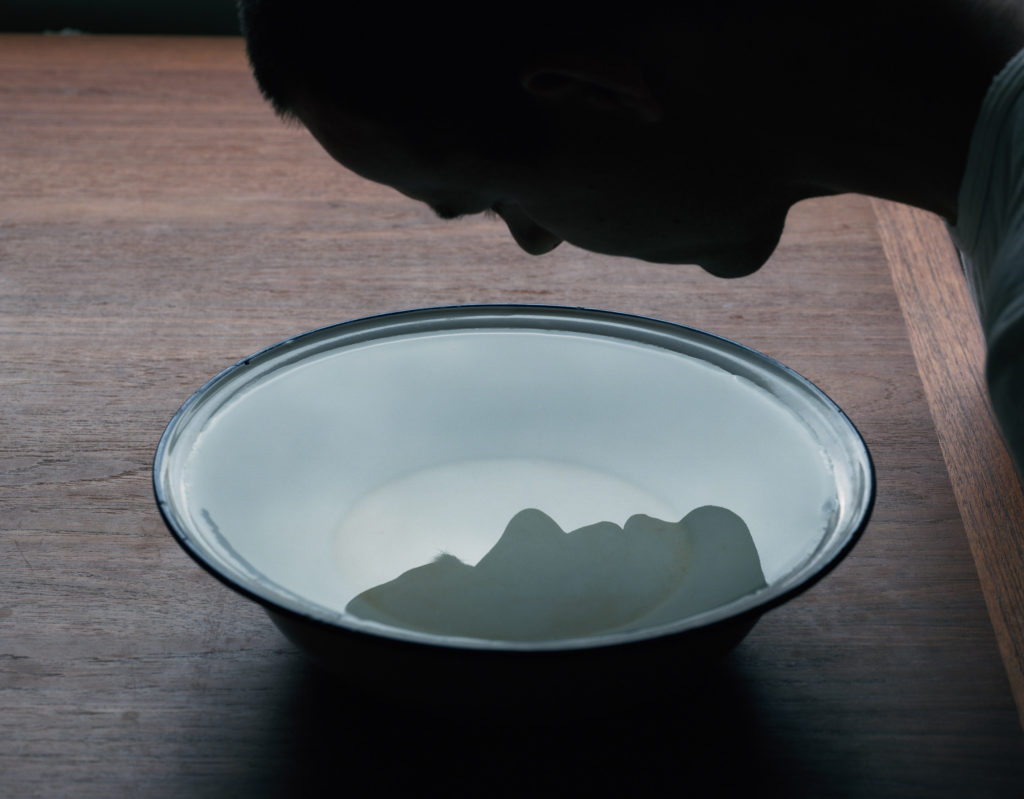
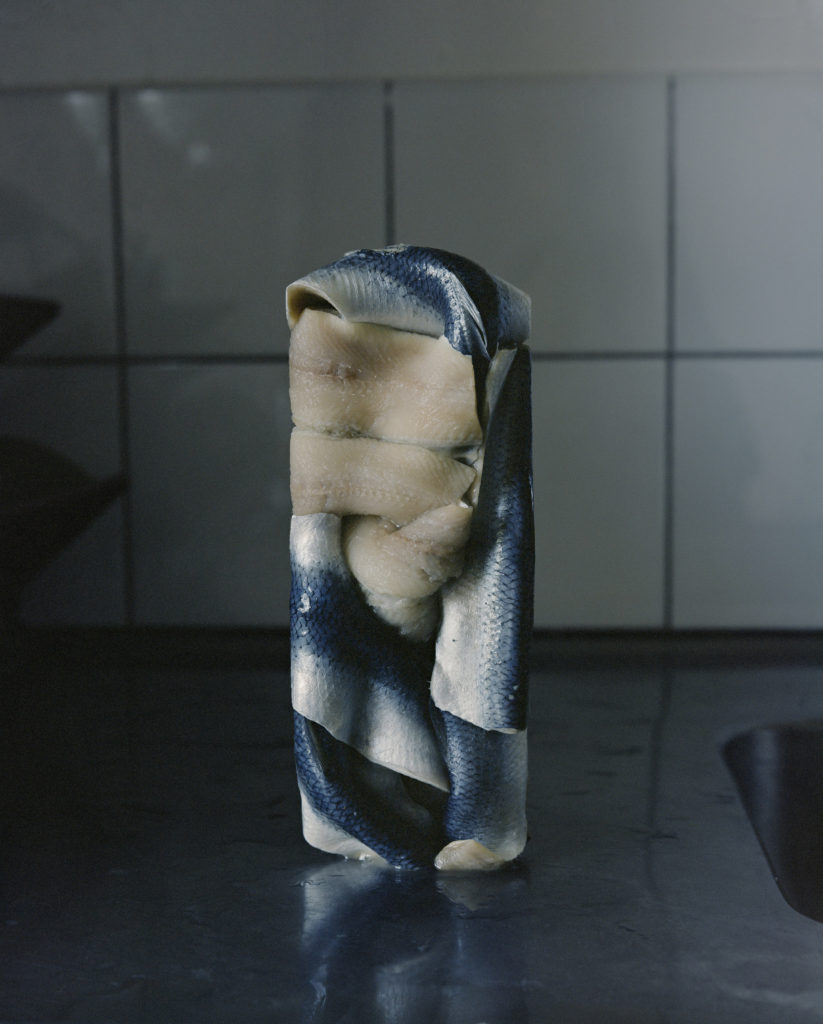
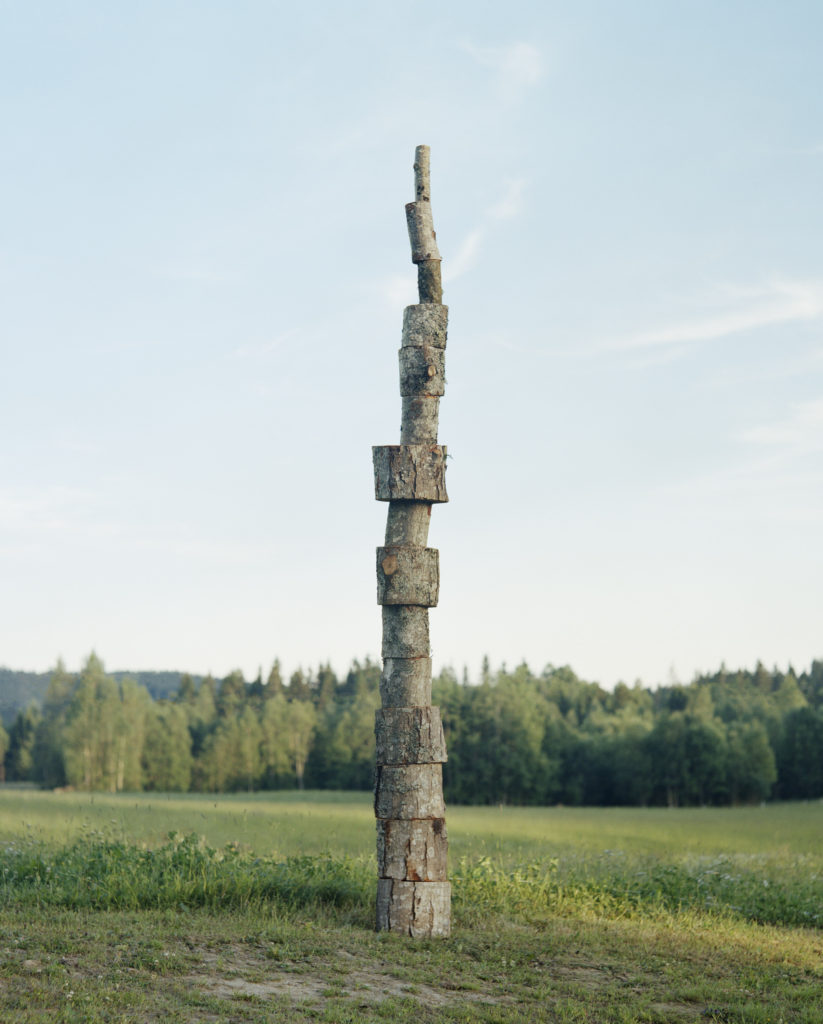
-Are you interested in Japan? Any Japanese Artist you know?
When I was younger I had a period when I practiced Zen-meditation. For a while I also lived in a Buddhist monastery. As this was a Japanese tradition, I also became interested in Japanese culture.
−日本に興味はありますか?好きな日本人アーティストはいますか?
若い頃に禅瞑想を実践していた時期があります。しばらくの間、仏教の僧院にも住んでいました。これが日本の伝統であるならば、私も日本の文化に興味がるということですね。
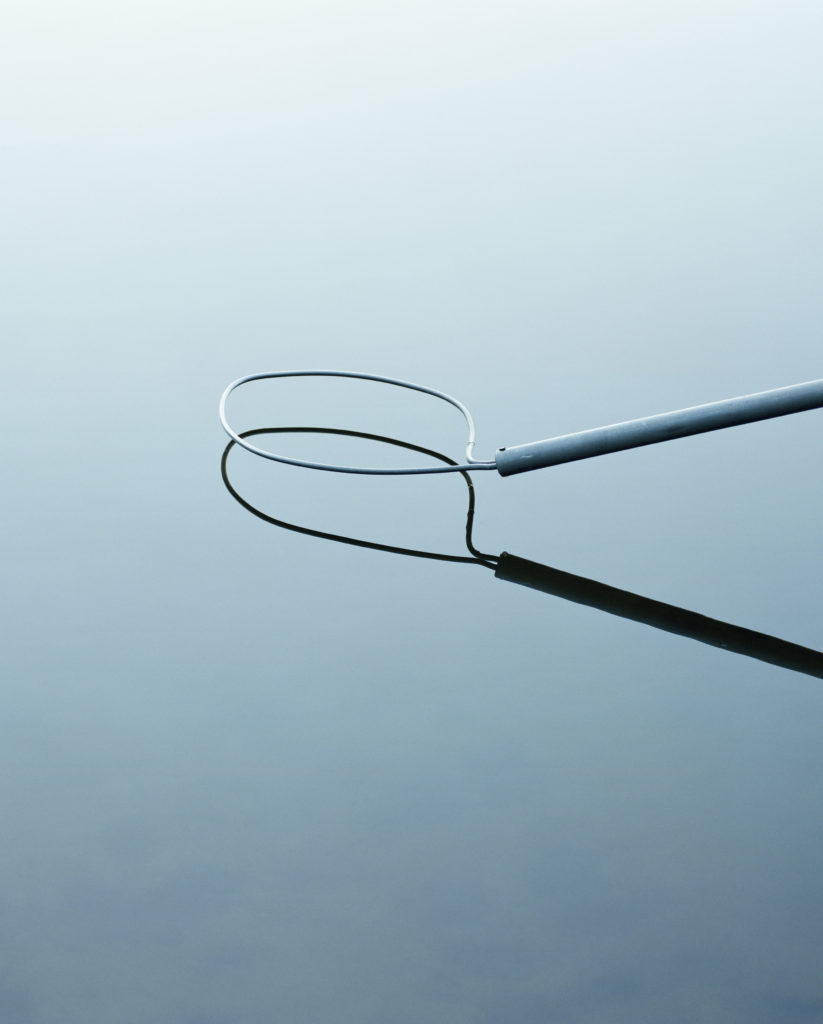
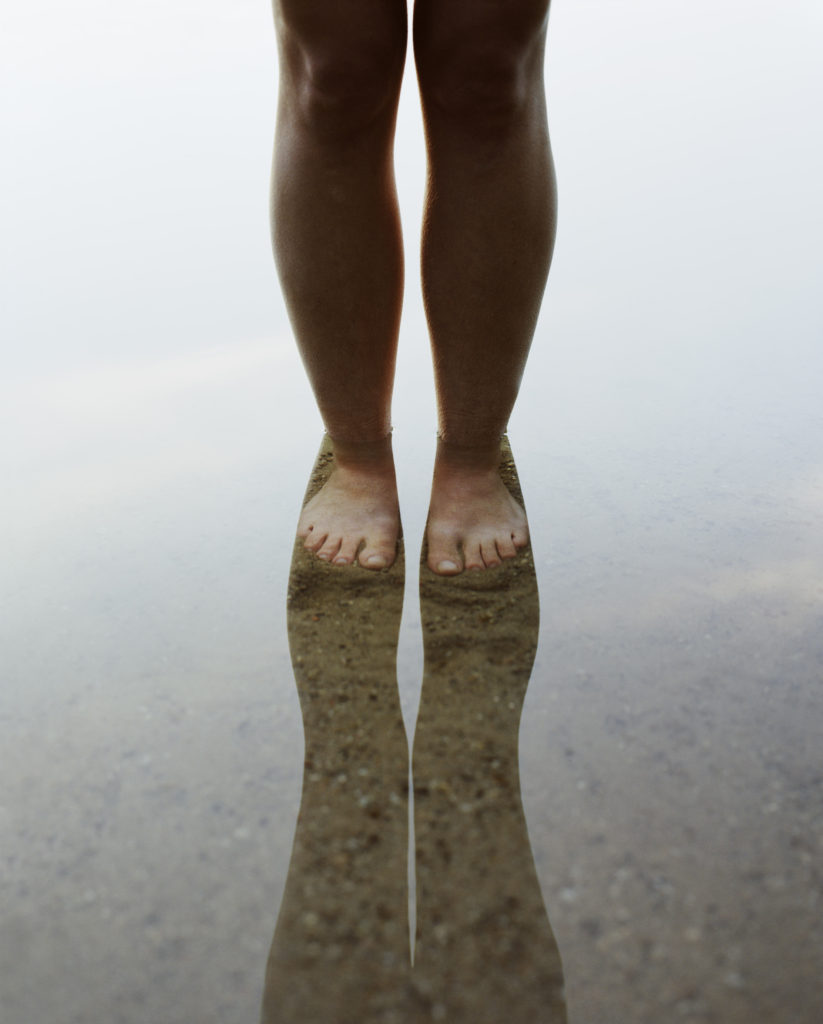
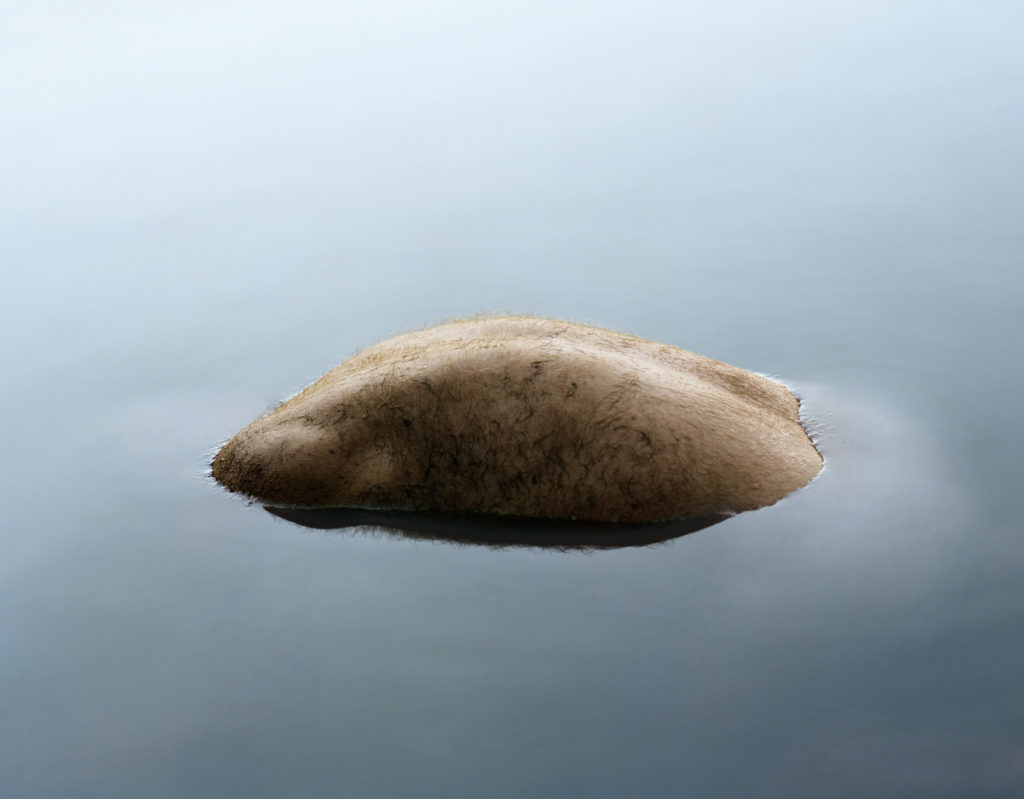
– Please tell us if you have something you want to do in the future or any project you already have in mind.
I have never visited Japan and I would love to visit during a residence to get to know the culture better.
−将来的に何かやりたいことや、今すでに考えていることがあれば教えてください。
まだ日本に行ったことがありませんので、しばらく滞在して文化をよく知りたいです。
